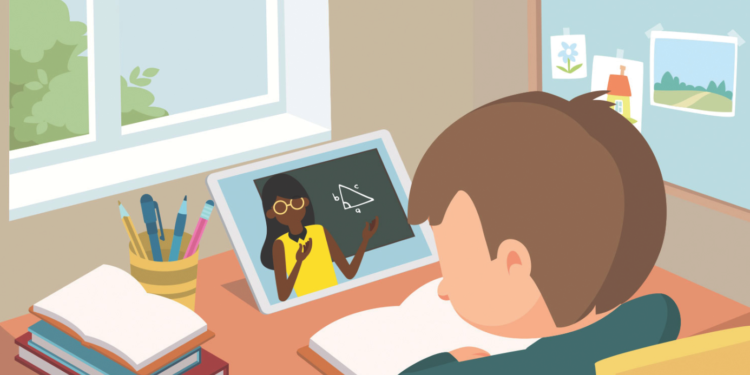For many California families, back to school season is typically marked by trips to the store to gather up binders, glue sticks, and other essentials for the coming academic year.
This year, instead of filling new backpacks with supplies to stuff in classroom desks, families are gathering the essentials their students need to start the school year from home. Software and scissors. Monitors and masks.
And for so many parents, the questions flow in a constant stream, melting into one constant concern – how do I best help my student prepare for and successfully complete another round of distance learning?
Governor Gavin Newsom announced in mid-July that all California schools in counties on the COVID-19 County Monitoring List need to continue distance learning in the fall until their county has been off the list for 14 days. While I support the need to safeguard students and families from the threat of the virus, I empathize with parents and guardians in San Diego and across the state who are grappling with preparing their students for more online instruction, while also continuing to work and support their families.
For advice, I turned to Dr. Shulamit Ritblatt, a professor of Child and Family Development at San Diego State University in the College of Education.
While we need to be creative about how we can offer in-person instruction so that students can return to campus and harness the social, emotional, and mental health benefits schools provide, Dr. Ritblatt said, there are things parents and guardians can do to help students prepare for distance learning.
When talking to your child about continued distance learning, be honest, and acknowledge and validate feelings of disappointment they may have. Include age-appropriate conversation about closing schools to stop the spread of COVID-19 and let your child express how they envisioned the school year, along with any potential obstacles and how to overcome them.
Work together to create a comfortable, inviting learning space, which can help provide students with a sense of control, predictability, and security. Make sure their daily routine includes break times, healthy snacks, exercise, rest, and play, and encourage them to use creative ways, like drawing or journaling, to communicate emotions. It’s also important that students connect with friends, even if it is only virtual, Ritblatt said.
When it comes to helping children and teens manage the emotional strain of not being on campus with peers and friends, there are warning signs to watch for, she said. Be on the lookout for mood and behavioral changes, including withdrawal, refusing to talk to friends or join online learning sessions, unexplained crying, thumb sucking, and increased conflict. If you spot unusual behavior, talk to your child about their feelings and what they’re experiencing. Your child’s pediatrician and teacher also are great resources and can work with you on ways to help your student.
The COVID-19 crisis has created huge challenges for our state and nation, and has taken a particularly tough toll on California families. Your resilience and dedication to helping mitigate the spread of this virus is admirable, and so very appreciated.









